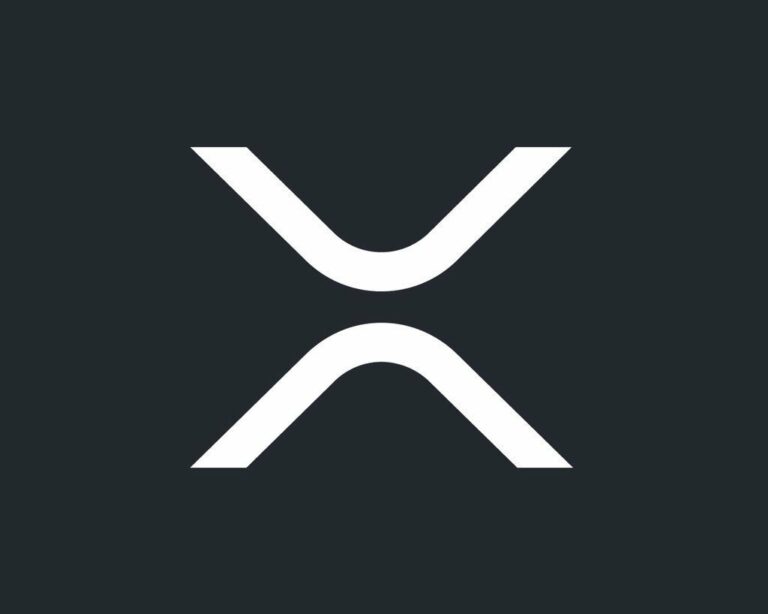On Thursday (February 28th), Coinbase announced that it had added support for XRP at Coinbase.com and in Coinbase’s mobile app (which is available both iOS and Android).
At the beginning of this week (February 25th), the moment that fans of the world’s third most valuable currency had been waiting for arrived with the announcement from Coinbase that it was launching XRP trading on Coinbase Pro, its platform for professional/experienced investors.
According to Coinbase’s blog post on that day, “support for XRP will initially be available for Coinbase Pro users in the US (excluding NY), UK, supported European Union member nations, Canada, Singapore, and Australia, with more jurisdictions to be possibly added at a future date. We were not given a date for when XRP would become available on Coinbase.com or via the Coinbase mobile app. However, probably very few expected that date to be jujst three days later.
Coinbase announced today that its customers could now “buy, sell, convert, send, receive, or store XRP” on Coinbase Consumer (Coinbase.com) and on the Coinbase mobile app for iOS and Android. Coinbase’s blog post warns that “inbound transfers and many sends require the specification of an XRP destination tag.”
Although XRP trading should be possible from today for users in most of the jurisdictions served by Coinbase, sadly, most likely due to regulatory reasons, it will not initially be available for residents of the United Kingdom or the state of New York.
Unsurprisingly, today’s good news has already positively impacted XRP’s price, with data from CryptoCompare, at press time, showing that XRP is trading at $3142, up 2.25% in the past 24-hour period.
Former CME Group executive Miguel Vias who is currently Head of XRP Markets at Ripple had this to say on Twitter about unsubstantiated rumors that Ripple had paid Coinbase to get XRP listed:
We’re happy to go on the record. Coinbase’s listing of XRP (also, not “our token”) was Coinbase’s independent decision – we did not give them anything to make it happen. https://t.co/xTVvACqsQa
— Miguel Vias ⚡ (@miguelvias) February 27, 2019
This tweet immediately got the attention of Anthony Pompliano (“Pomp”) who is Founder & Partner at Morgan Creek Digital:
Miguel — want to come on the podcast and talk more about Ripple, XRP, Coinbase listing, and what you’re excited about moving forward?
— Pomp 🌪 (@APompliano) February 28, 2019
Vias joined Ripple on 30 November 2016. Prior to joining Ripple, Vias worked at CME group as “the global head of precious metals and metal options at the largest precious metals desk in the world.” And before the CME Group, he worked at “the commodities desks of Morgan Stanley, Bank of America, and Mitsui.”
As Ripple’s Head of XRP Markets, Vias uses “his considerable expertise building liquidity for new financial products by working with market makers, traders, investors and exchanges to strengthen the XRP markets and set the stage for large-scale institutional adoption.”
Vias, who first bought XRP in 2014 and who has called Ripple “the best blockchain-focused fintech startup in the world”, has said the following about how his commodities background translates is relevant to his work with XRP:
“XRP is uniquely qualified as a liquidity solution, to help banks and corporates currently holding balances in nostro accounts all over the world to facilitate payments without trapping their cash. As a digital asset, it can reduce the amount of capital in float. As a bridge currency, it can enable liquidity concentration around fewer currency pairs, making cross-border payments more efficient.
Looking at it through the lens of my experience, XRP’s commodity and foreign exchange characteristics (specifically its limited supply) makes it very similar to precious metals. The considerations around inventory and delivery that make trading a digital asset like XRP unique are also at the core of the commodities markets. As a result, my understanding of precious metals, especially when it comes to market structure, will be ever more helpful as we increase the access to, and liquidity of, XRP.
Additionally, my experience in OTC markets and at an exchange will aid in charting a path toward wholesale XRP adoption. Similar to other digital assets, XRP exists in an interesting hybrid of OTC and exchange-traded markets. If we want to transform XRP into an institutionally viable currency, it’s crucial to understand how both those markets function individually, how they complement each other, and how we can leverage a deep understanding of both to further develop XRP.”








